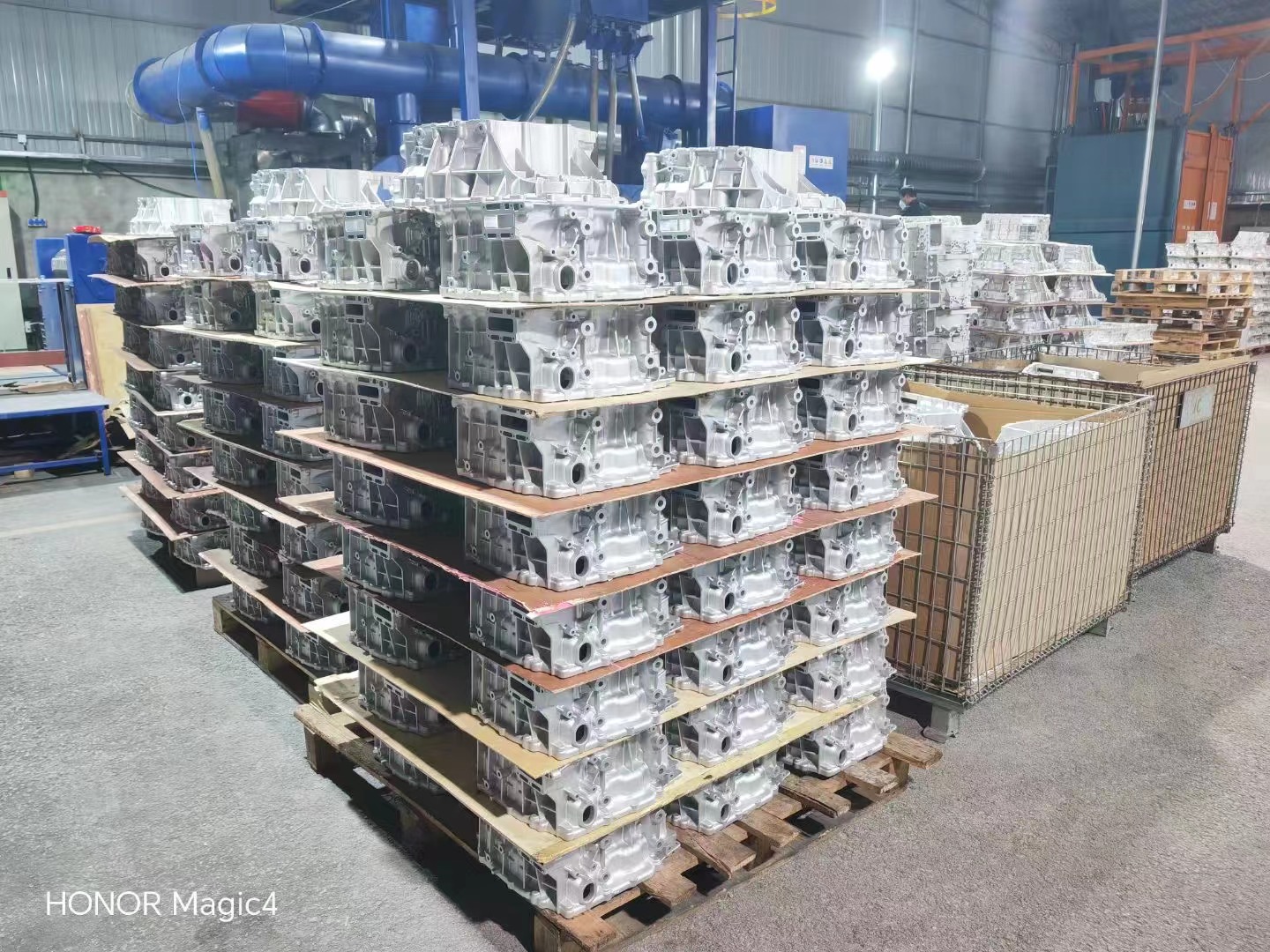Die casting and casting are two methods of forming metal, and they have some significant differences.

Die casting is the process of injecting molten metal into a precision-made steel mold at high speed. The metal fills the mold under high pressure and cools quickly to solidify. Steel molds are used, which are expensive but durable and can produce complex shapes and high-precision parts. Materials are usually light metals such as aluminum, magnesium, and zinc. Casting is to melt the metal into liquid and pour it into a pre-made mold, and then take out the finished product after the metal cools and solidifies. Usually it is a sand mold or a metal mold. The mold is relatively simple to make, but it needs to be resistant to high temperatures. The material can be a variety of metals, such as aluminum, iron, copper, steel, etc.
Die casting has high precision, and the finished product can directly achieve high dimensional and shape accuracy. The surface is smooth and usually no further processing is required. The casting precision is generally low, and subsequent processing may be required to achieve the required size and surface quality. The surface is poorly smooth and may require grinding and processing.
Die casting is efficient and suitable for mass production, especially for complex and precision parts. The mold cost is high, but the production cost per product is low in the long run. Casting is also suitable for mass production, but the mold making and production cycle may be long. The mold cost is relatively low, but parts with complex shapes and high precision requirements may require additional processing steps.
Die casting is suitable for products that require high precision, high strength and complex shapes, and is widely used in electronic products, automotive parts and precision machinery. Casting is suitable for larger parts and complex shapes, and is widely used in automobiles, machinery, construction and other fields.
In summary, die casting is suitable for high-precision, high-efficiency mass production, but the initial investment is high; while casting is suitable for products with complex shapes and large sizes, with lower mold costs but relatively poor production efficiency and surface quality.

